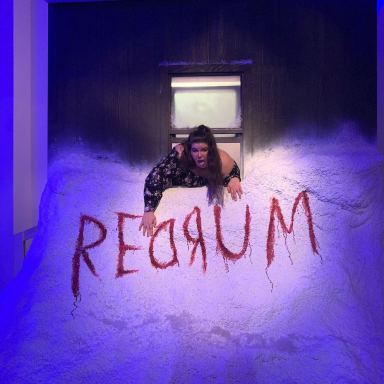10 Best Horror Movies Directed By Women, Ranked
The balance must be respected.
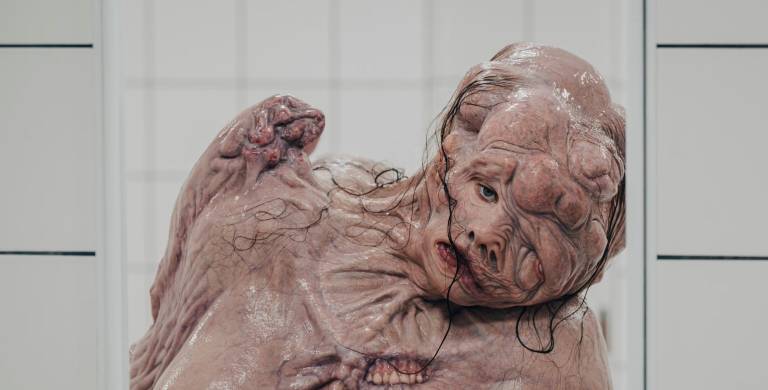
Most people are unaware that filmmaking is an industry women actively participated in from the beginning. The first narrative movie ever made was directed by a woman, Alice Guy-Blaché. She and filmmaker Lois Weber both founded studios in the early 1900s.
Hollywood has been much slower to acknowledge and improve the role of women than other industries of a similar size. A review of the 250 biggest movies of 2018 found that women made up only 8% of directors, 16% of writers, 26% of producers and a similar project in 2013 found they were only 15% of lead actors in the top 250 films. The percentage of female directors in 2018 was actually down from 1998, when 9% of the 250 biggest films were directed by women. Obviously this results in most people over-identifying with male-oriented characters and stories while being unaware that female characters and perspectives are being excluded.
This article catalogs the best horror movies directed by women. “Best” is subjective. Leaving room for personal taste, here is our ranking of the 10 best horror movies directed by women, with the #1 movie at the bottom.
10. Jennifer’s Body (2009)
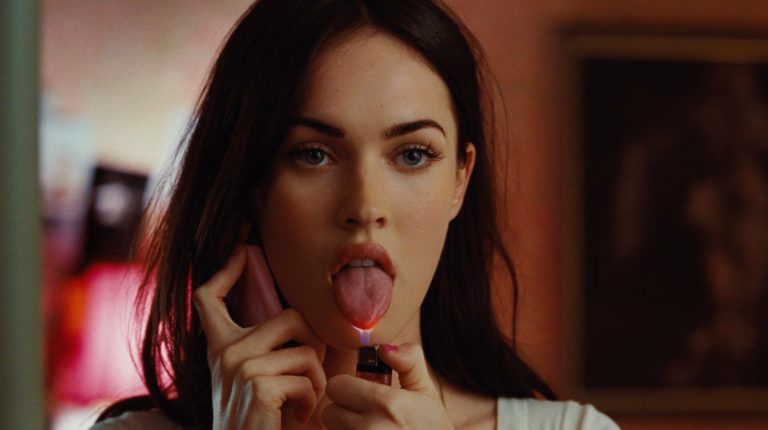
Directed by Karyn Kusama and written by Diablo Cody, Jennifer’s Body is a feminist comedy horror movie about two high school students in rural Minnesota. One night at a local bar, Jennifer (Megan Fox) leaves with a musician (Adam Brody) against the advice of her best friend Needy (Amanda Seyfried). After a botched virgin sacrifice (Jennifer isn’t even a backdoor virgin) Jennifer becomes a succubus who feeds on boys.
Notably, the film’s success was delayed by the studio’s insistence on catering to men in its marketing campaigns rather than presenting the film as the feminist cult classic it was. The studio even suggested to Kusama that they ask star Megan Fox to promote the film on an amateur porn site. When Kusama and Cody pushed back, the response from the studio said verbatim: “Jennifer sexy, she steal your boyfriend.”
(Director) Karyn Kusama and I are both outspoken feminists… We wanted to subvert the classic horror model of women being terrorized. I want to write roles that service women. I want to tell stories from a female perspective. I want to create good parts for actresses where they’re not just accessories to men
Diablo Cody, Cody exorcises demons from “Jennifer’s Body”
9. Pet Sematary (1989)
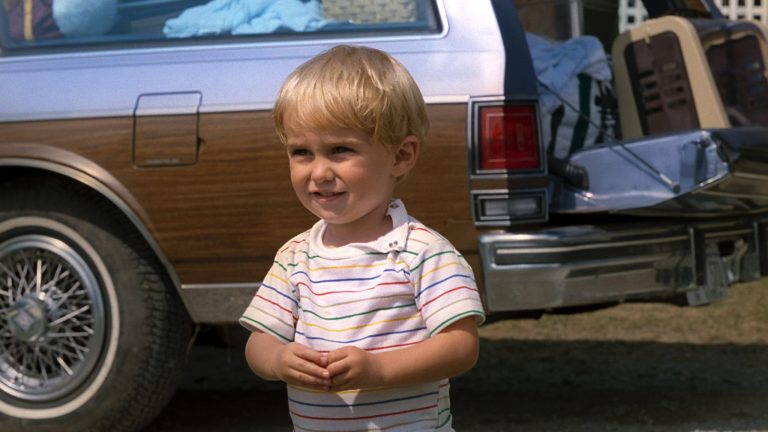
Stephen King personally selected Mary Lambert to direct Pet Sematary. She was also the studio’s first choice. Lambert had previously made a name for herself directing music videos and her feature debut, Siesta (1987), was nominated for an Independent Spirit Award for Best First Feature (but lost to Dirty Dancing).
Pet Sematary follows the Creed family as they relocate from Chicago to a small town in Maine, Ludlow. When the family cat is killed on a busy road, their neighbor takes pity and teaches patriarch Louis a town secret: there is an ancient burial ground that will bring the cat back to life. When the family’s young son Gage meets a similar fate, the temptation to bring him back is irresistible.
Credit for Pet Sematary‘s success is also due to female studio executive Lindsay Doran who advocated for the film despite colleagues telling her no one wanted to see Stephen King adaptations anymore.
8. Near Dark (1987)
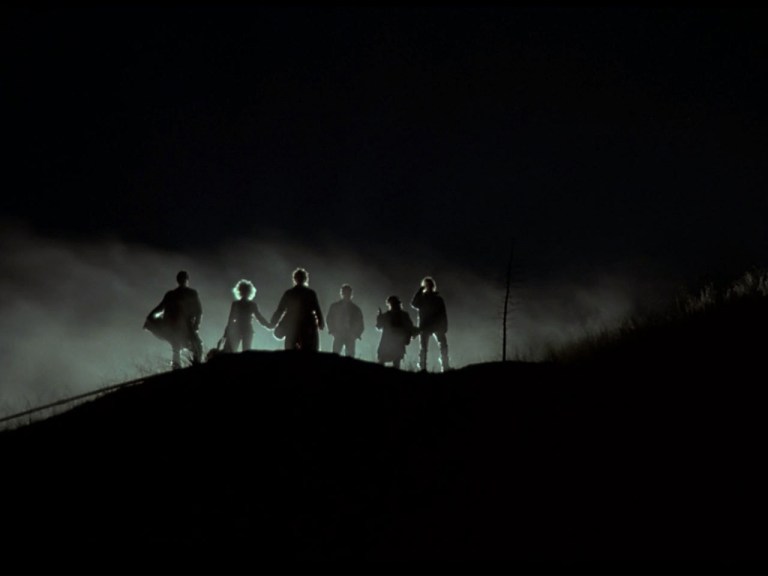
The first woman to win an Academy Award for Best Director, Kathryn Bigelow, made her solo directorial debut with this neo-western vampire movie that became a cult classic. On the surface a film about a farm boy who is initiated into a rowdy gang of vampires, Near Dark also contains tender moments of young love. Bill Paxton and Lance Henriksen portray bloodthirsty vampires. Jenny Wright and Adrian Pasdar retain more of their humanity while also relying on human blood for survival. In addition to directing, Bigelow also co-wrote the screenplay.
7. Fresh (2022)

A horror movie written by Lauryn Kahn and directed by Mimi Cave. Fresh sees a young woman named Noa (Daisy Edgar-Jones) experiencing the misogyny-filled horror of heterosexual dating. When she meets Steve (Sebastian Stan) at the grocery store, she thinks she has finally met one of the good ones. The twist comes 30 minutes into the film, at which point the opening credits finally appear.
Fresh works as an allegory for how women are often objectified and viewed as meat to be consumed or a product to be sold by men. When one woman, Ann (Charlotte Le Bon), is revealed to be enforcing patriarchy (via her marriage to Steve, and complicity in his crimes), a subsequent scene shows her undressing in order to highlight what proximity to (patriarchal) men has cost her (her literal leg), even while she enjoys a privileged position within that system. Later, Jojo T. Gibbs’ character, Mollie, screams at her “Bitches like you are the f-cking problem.”
6. Saint Maud (2020)
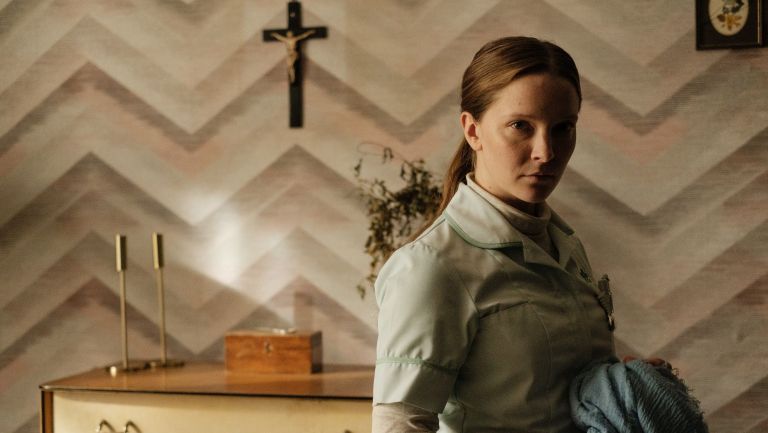
Rose Glass wrote and directed this psychological horror movie about a young hospice nurse, Maud (Morfydd Clark), who has recently become a fanatical Catholic. Maud cares for her patient, Amanda (Jennifer Ehle), who is an atheist. When Amanda rebuffs her attempts to save her soul, Maud begins to spiral.
5. American Psycho (2000)
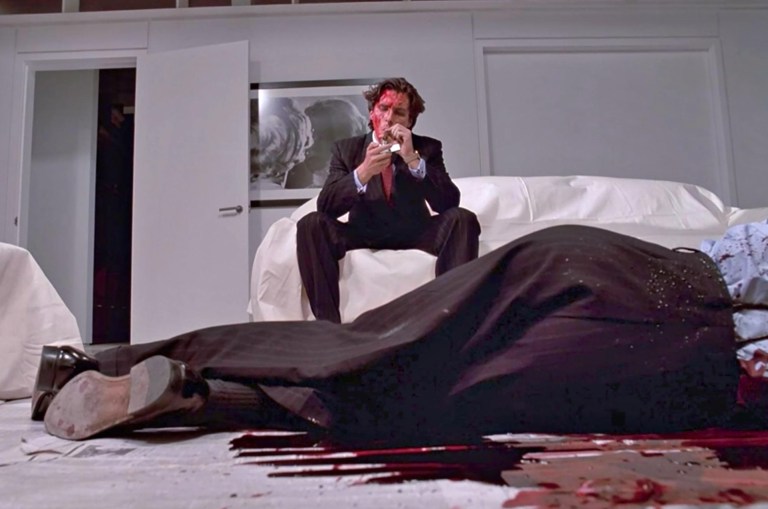
Mary Harron directed this psychological horror movie that satirizes toxic masculinity. She also co-wrote the screenplay with Guinevere Turner. At the time it was made, American Psycho was a widely discussed adaptation of the controversially violent Bret Easton Ellis novel. Production was protested by the National Organization of Women and the Feminist Majority Foundation though Harron’s film removes a lot of the sexualization of women and (if you can believe it) violent scenes from the novel.
I don’t approach movies with an ideology, with a message. I think I approach them with a perspective. I want to tell stories from a female point of view. That doesn’t mean I’m trying to teach a lesson, or that I have a line that I am trying to push, because I’m interested in contradiction, I’m interested in questions that I can’t answer, that are hard to answer.
Mary Harron, Murders and Adaptations
4. Trouble Every Day (2001)

Claire Denis co-wrote and directed this erotic horror movie that falls into the New French Extremity movement of transgressive French horror. Denis’ sex scenes are starkly distinct from the norm. Rather than objectifying the actors’ bodies and presenting something obviously fictional and idealized, she allows the camera to linger on imperfections like zits and body hair. Denis’ close-ups of human skin render the viewer unable to determine if they are gazing at a man or a woman. In Trouble Every Day, desire is communicated through both loving touch and a violent inability to stop consuming your partner.
Coré’s and Shane’s mirrored scenes both begin in ways that feel carnal and romantic. However, Denis uses the language of the horror film to blur the boundaries of desire. As she remarks, ‘It’s actually a love story. It’s about desire and how close the kiss is to the bite.’ Denis does not represent female desire in an idealized way but instead plays on societal fears about sexuality, creating a slippage between eroticism and agony.
Maddi McGillvray, The Feminist Art Horror of the New French Extremity
3. Raw (2016)
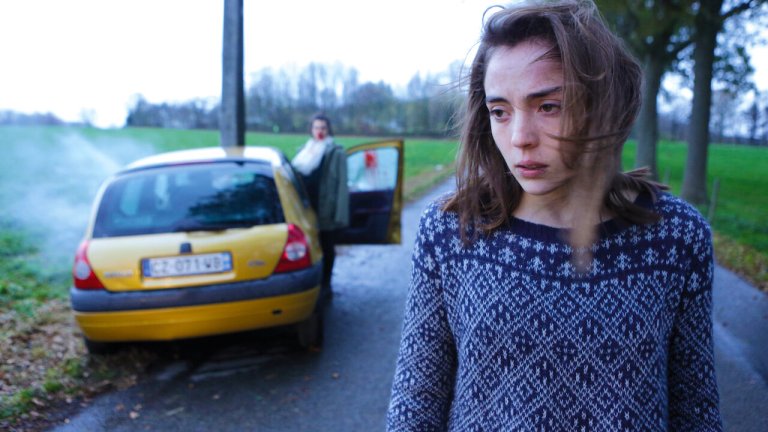
Julia Ducournau wrote and directed this horror movie about a new veterinary student, Justine (Garance Marillier), who discovers a cannibalistic urge after tasting meat for the first time. While her sister (Ella Rumpf) tries to show her the ropes of cannibalism, Justine still feels alone in navigating her new carnal desire, which comingles with the growing lust she feels for her roommate Adrien (Rabah Naït Oufella). Raw was met with near universal critical acclaim.
2. The Substance (2024)
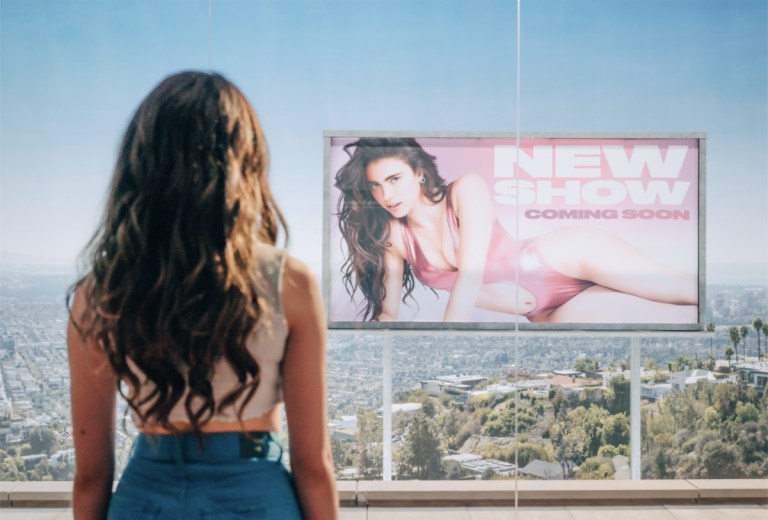
Written and directed by Coralie Fargeat, The Substance is a body horror movie about an aging star, Elisabeth Sparkle (Demi Moore), who goes to extreme lengths to recapture her youth. Sparkle seeks out a black market drug called “The Substance” which creates a young, externally perfect alternate named Sue (Margaret Qualley), though the two remain “one”. The two forms must rotate seven days on and seven days off and pay the consequences for the actions of the other.
For The Substance, Coralie Fargeat was nominated for an Academy Award for Best Director. This is just the 10th time in the Academy’s near 100-year history that a woman has been nominated for this award. The Substance received five Oscar nominations in total: Best Director, Best Picture, Best Original Screenplay, Best Actress (Demi Moore) and Best Makeup and Hairstyling. It won the award for Best Makeup and Hairstyling.
1. Watcher (2022)
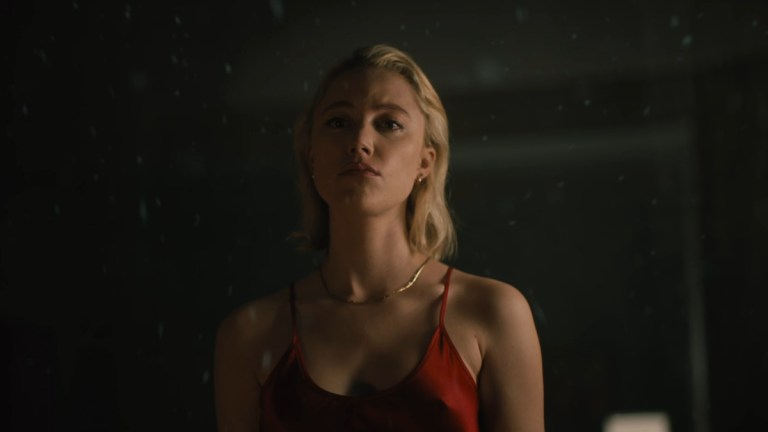
Watcher is a psychological horror movie directed by Chloe Okuno in her feature debut. It follows Julia (Maika Monroe) and Francis (Karl Glusman), an American couple who relocate to Hungary. While Francis is busy working, Julia has little to do in a new city where she doesn’t know the language. She becomes convinced that the couple’s neighbor is a voyeur who may be responsible for a series of local murders.
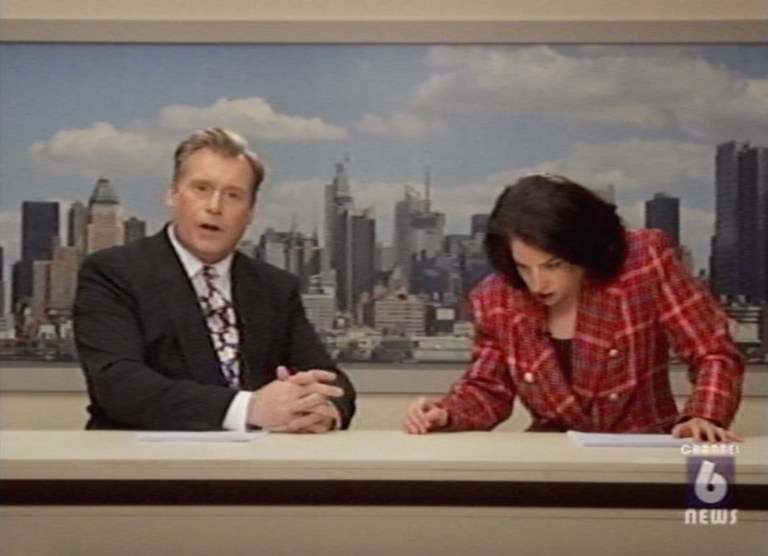
Further reading:
